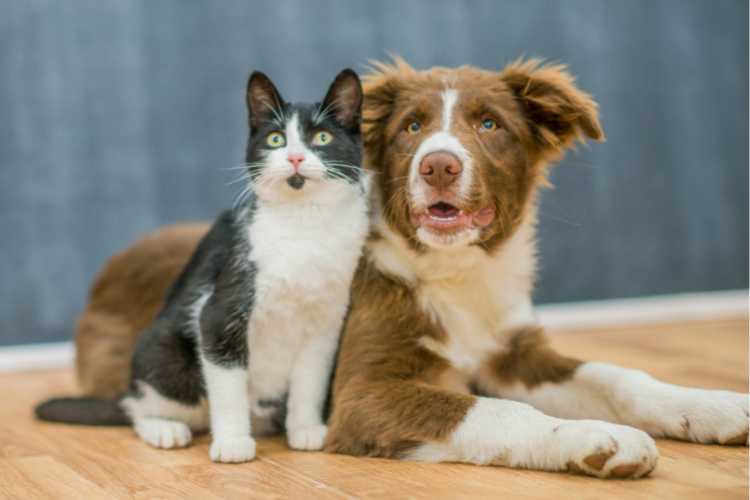

EDUCATION ARTICLES

Pet Allergies and Intolerances Unleashed
Understanding Causes, Symptoms, and Treatments
Allergies are not just a human woe; our furry friends can also suffer from these pesky reactions. Much like people, pets can be allergic or be intolerant to a variety of things ranging from common environmental factors to certain foods. Understanding the causes, recognizing the symptoms, and exploring treatment options can help pet owners navigate this often itchy terrain.
First, let’s sniff out the causes of allergies in our four-legged companions. Environmental allergies and sensitivities, such as pollen, dust mites, or mold, can lead to sneezing fits that make even the most stoic dog resemble a furry trumpet. It’s a challenging task to pinpoint the exact cause, but detective work is essential in providing relief for your pet.
Food reactions can wreak havoc as well. It is important to note the difference between a food allergy and an intolerance/sensitivity. A food intolerance occurs when the body has difficulty digesting or breaking down certain foods, possibly due to enzyme deficiencies. It is a non-immunological response; the immune system is not activated. Adverse reactions, often related to the digestive system, skin, and coat, will occur over time.
An allergy occurs when the immune system produces antibodies in response to a specific food or ingredient, a sting, a bite, or an environment your pet has previously been exposed to. The term allergy should be reserved only for an adverse reaction with a true immunological component.
Let’s move on to the symptoms–the cryptic language of pet discomfort–that alert you to the fact that your pet is suffering from an allergy. Is your dog scratching a lot or having frequent tummy upsets? Do they seem hyperactive or lethargic? What is the condition of their coat? Is there hair loss or patches of red, dry skin? These could all be signs of sensitivity and/or allergies to certain foods or even their environment. Allergic pets often exhibit red or inflamed skin, ear infections, and watery eyes—a feline or canine rendition of the classic cold or flu.

Treating pet allergies is a bit like playing a veterinary game of “Guess That Allergen.” Veterinarians might suggest an elimination diet to identify food culprits, resulting in some extremely picky eaters. Until recently, identifying these food sensitivities could take weeks or months of manipulating your pet’s diet, visiting to the vet, preparing special foods, and waiting for the unpleasant intolerance symptoms to subside.
Fortunately, there are now sensitivity tests that can identify more than 200 food and 100 environmental intolerances. WOOF! Wellness Center offers these test kits and will assist you in collecting samples, submitting the test, and reviewing and interpreting the results. This test kit is not meant to replace allergy testing, but it is very helpful in detecting imbalances that, when corrected, give your pet’s gut and body time to rebalance.
For environmental allergies, antihistamines can provide relief. Administering these might make you feel a bit like a pet pharmacist, complete with a white coat and a prescription pad. In severe cases, veterinarians might recommend allergy shots. Have fun chasing after your cat with pills and a needle!
Navigating allergies and sensitivities in dogs and cats is indeed challenging. Woof! Wellness Center recommends that pet owners get regular vet check-ups and consider scheduling a wellness assessment with our therapist. Even without a food sensitivity test, many pets can benefit from a careful review of their diet and by the addition of herbs and supplements to their daily routine. Our three-point wellness assessment is performed by a licensed, small animal massage therapist. Besides nutritional advice, she will evaluate your pet’s temperament, mobility, gait, posture, and physical condition to keep your pet on track for a long, healthy life.
